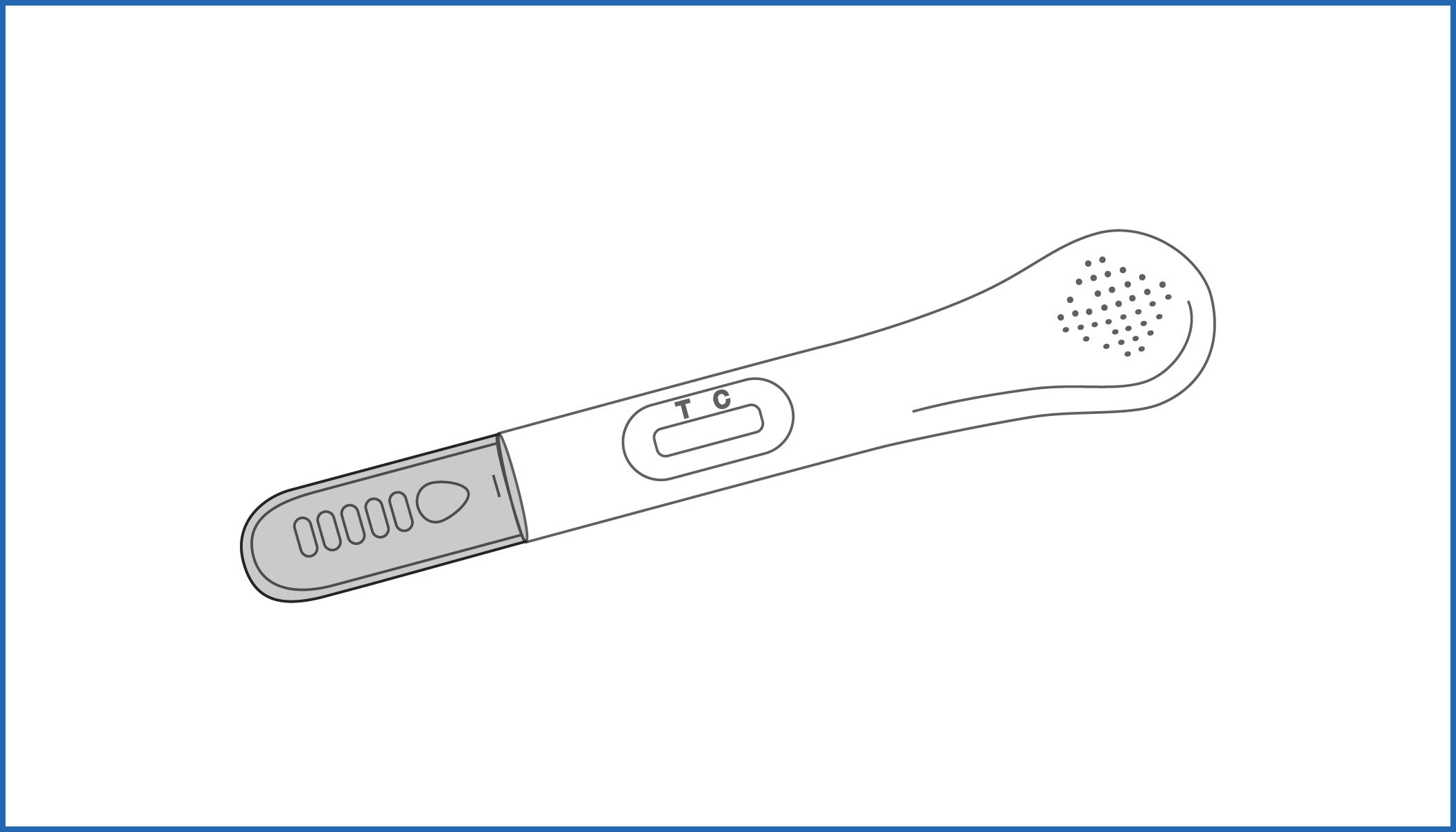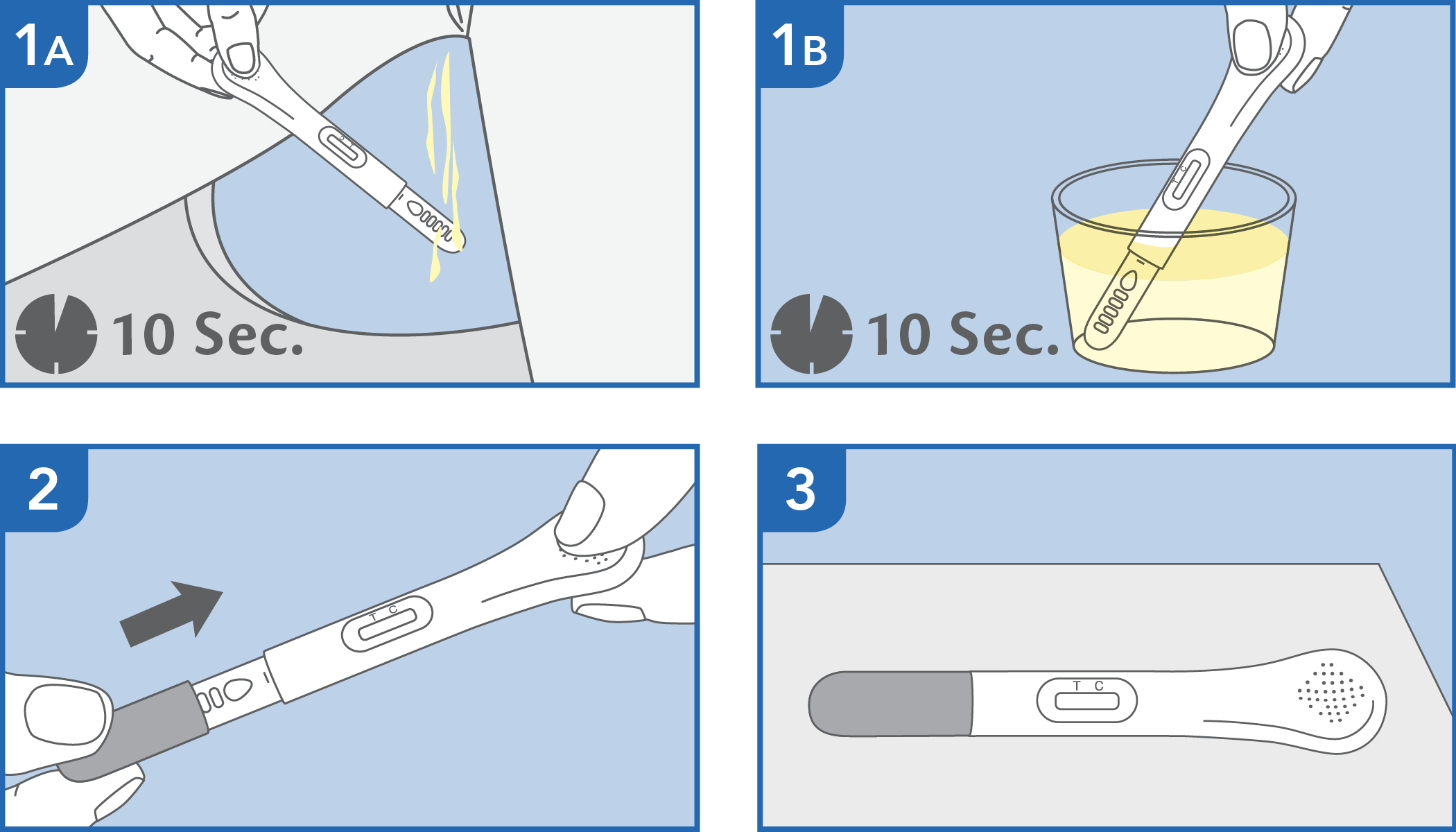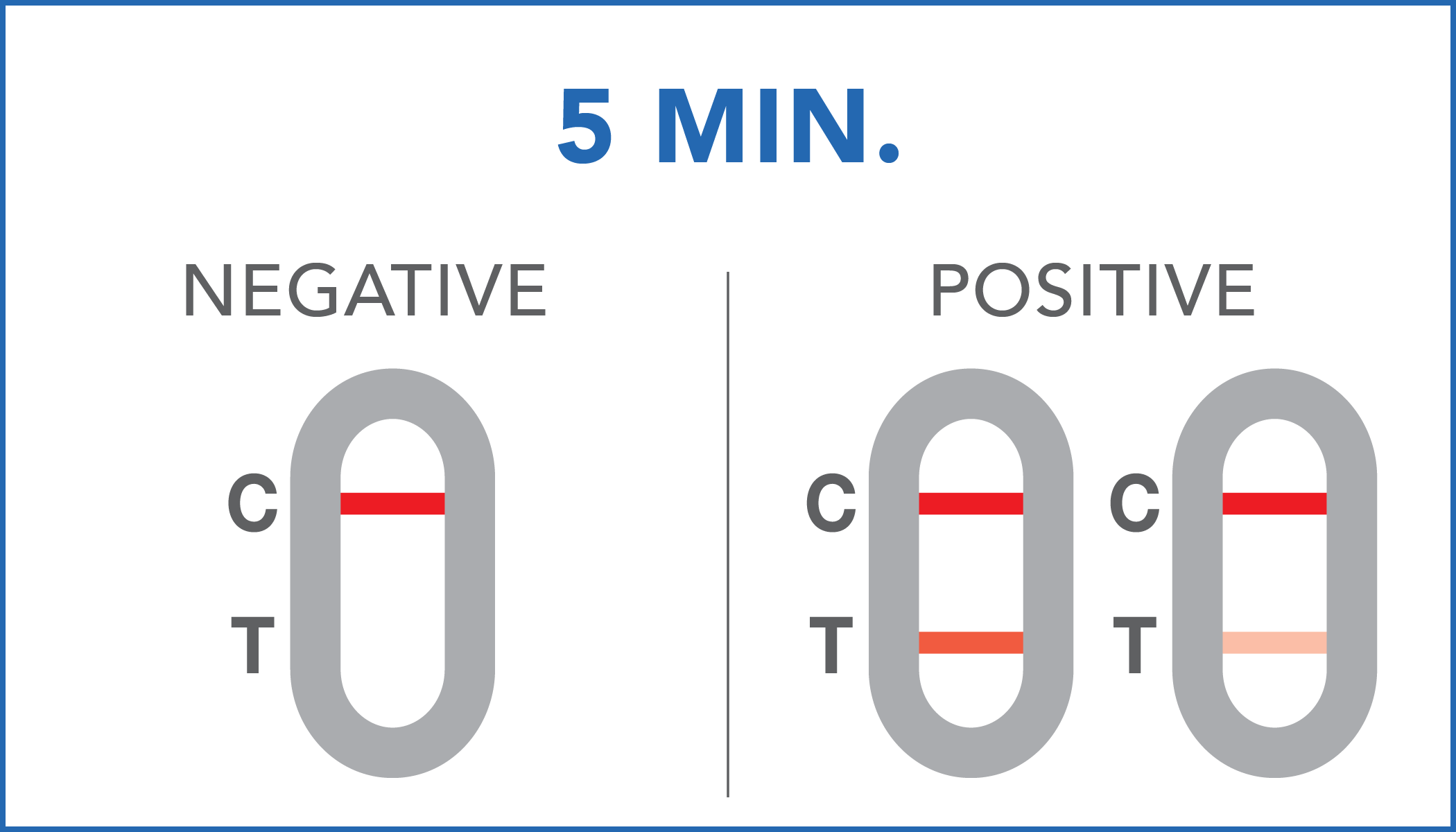


Self-test for the detection of luteinizing hormone (LH) in urine

Ovulation is the term for the process that usually occurs between the 12th and 16th day of a regular 28-day menstrual cycle. During this process, hormonal changes activate the ovary to release a fertilizable egg.
read moreThe closer you are to ovulation, the more the body produces an increasing amount of estrogen, which triggers a sudden increase in another hormone, called luteinizing hormone (LH), the peak of which causes the follicle to rupture and the consequent release of the mature egg, ready to be fertilized. Ovulation usually occurs between 24 and 36 hours after the LH surge. For this reason, monitoring LH levels in urine is a great indicator for predicting the time of maximum fertility for a woman.
OVULATION LH TEST is useful for maximizing the chances of conception if you are planning to start a pregnancy.
read moreIdentifying fertile days gives couples greater flexibility in planning sexual intercourse according to their lifestyle and additional opportunities to conceive, thus reducing the pressure the couple may experience when trying to conceive.
OVULATION LH TEST is a rapid immunochromatographic device that detects LH hormone levels above 25 mUI/mL.
| Specificity | 97.14% |
| Sensitivity | 100.0% |
| Accuracy | 98.11% |



| Negative | LH levels in urine are below the cut-off, which implies that the peak has not yet been reached. It is advisable to repeat the test daily. |
| Positive | the concentration of the hormone LH is equal to or greater than 25 mUI/mL. The ovulatory peak is close and the chances of conception are greater. |
1. Su HW, Yi YC, Wei TY, Chang TC, Cheng CM “Detection of ovulation, a review of currently available method” Bioeng Transl Med. 2017 May 16;2(3):238-246.
2. Leiva RA, Bouchard TP. Abdullah SH, Ecochard R.: “Urinary Luteinizing Hormone Tests: Which concentration threshold best predict ovulation?” Front public health 2017, 5: 320.
The test has been carried out correctly when the instructions for use are followed. It includes the reading time and the interpretation of the results shown at the "RESULTS INTERPRETATION" section of the instructions for use.
A colored line will appear at the control region (C) on the test device, showing that the test performed correctly. The absence of the colored line suggests to repeat the test with a new device and a new sample.
The color and intensity of the lines do not affect the interpretation of the result. The test has to be considered positive regardless of the color intensity of the test line (T).
Check product availability with the local representative in your country
